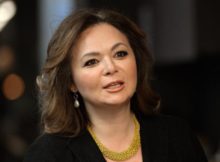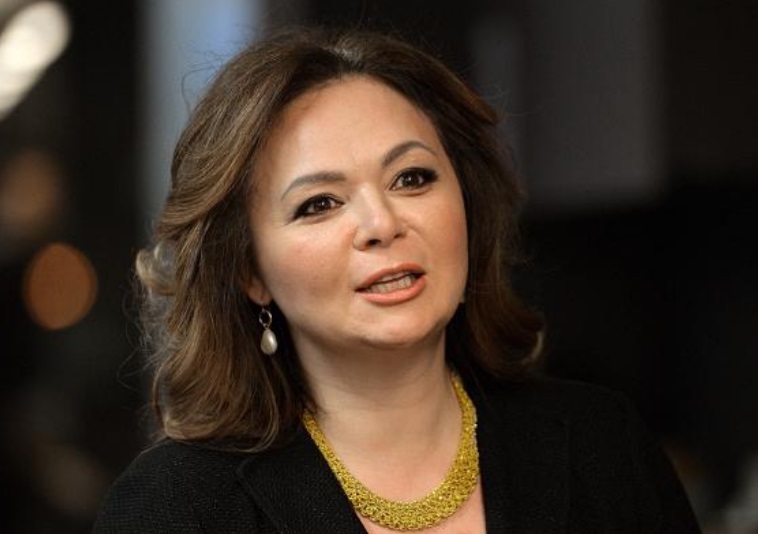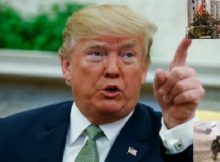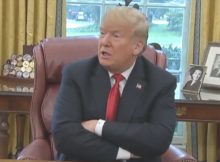
Why a Russian Lawyer charged in Money Laundering Case?
A Russian lawyer Natalia Veselnitskaya was found involved in arranging the 2016 Trump Tower meeting with Donald Trump Jr. and other Trump advisers. On Tuesday, she was charged with obstructing justice in a New York-based money laundering investigation, ended in 2017. The charges pointed out that she made misleading statements to the court during representing Prevezon Holdings (a Cyprus-based real estate firm) in a case in New York.
The Prosecutors claimed that Prevezon helped the Russian criminal organization launder money through high-end real estate. The money allegedly came from a scheme in which the Russian criminal organization stole the identities of companies and filed false lawsuits to get refunds for losses that they never provoked. Sergei Magnitsky was then working for Hermitage Capital Management (an investment advisory firm established in Moscow by the American-British businessman Bill Browder, later uncovered the $230 million tax fraud scheme). Magnitsky was then arrested and died in prison.
Since then, Browder has lobbied Western governments to pass the Magnitsky Act. It places visa restrictions and asset freezes on people believed to be involved in Magnitsky’s death or other human rights abuses. The U.S Congress passed the Magnitsky Act in 2012 and Browder is still lobbying for a version of the law to be passed in the European Union.
The office of the U.S attorney in New York settled the case with Prevezon in 2017 and obtained $5.8 million in settlement money from the company. The former U.S attorney Preet Bharara had alleged that Prevezon had received around $2 million from the $230 million scheme. Then acting U.S attorney Joon Kim said in a statement, “Under the terms of the settlement, the defendants have agreed to pay not just what we alleged flowed to them from the Russian treasury fraud, but three times that amount and roughly 10 times the money we alleged could be traced directly into U.S. accounts and real estate”.





Recent Comments